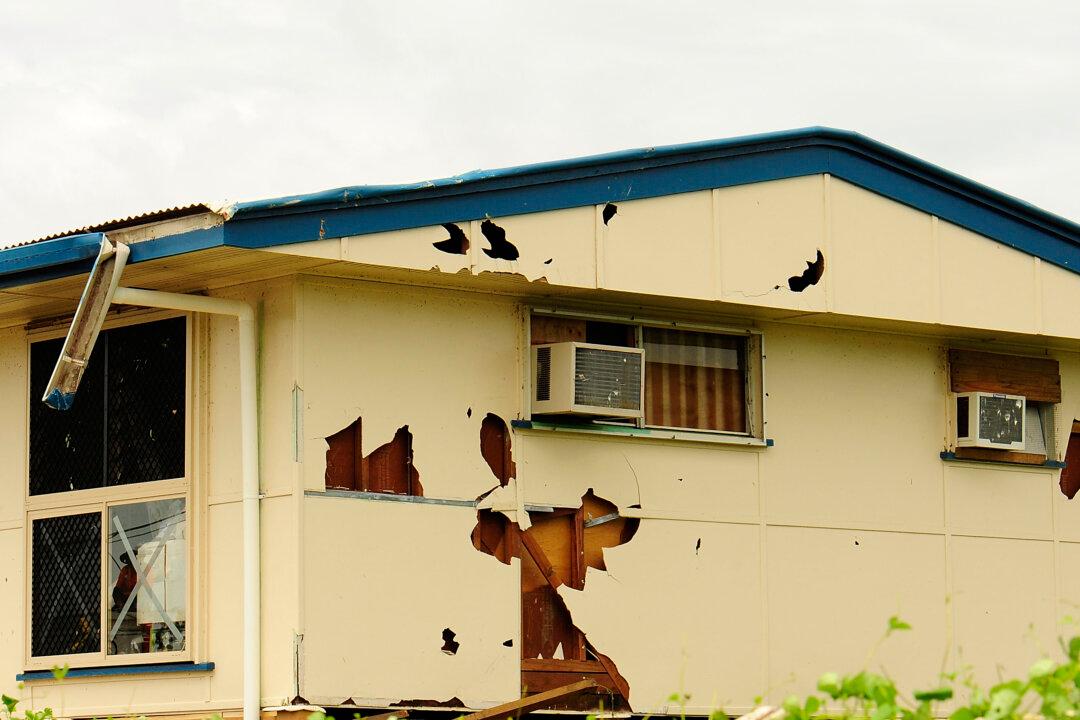Northern Australians are dropping insurance as sky-high premiums cripple community life, according to a report by the Australian Competition & Consumer Commission (ACCC).
The final report from the ACCC’s three-year Northern Australia Insurance Inquiry shows that 20 percent of homes (around 86,000 properties) in northern Australia are uninsured, almost double the rate in other parts of the country.




